Halloween, one of the world’s most beloved celebrations, has a fascinating history that blends ancient customs, folklore, and evolving traditions. Long before it became synonymous with costumes and candy, it began as a spiritual festival marking the transition between seasons and the boundary between the living and the dead. Over time, this mysterious night transformed through religious adaptation, immigration, and cultural exchange, becoming the lively and imaginative holiday we know today. From the Celts’ sacred bonfires to America’s pumpkin-filled parades, Halloween’s evolution reflects humanity’s enduring fascination with mystery, transformation, and community celebration. Here are 20 intriguing facts about its journey through history.
1. Halloween Originated From the Celtic Festival Samhain
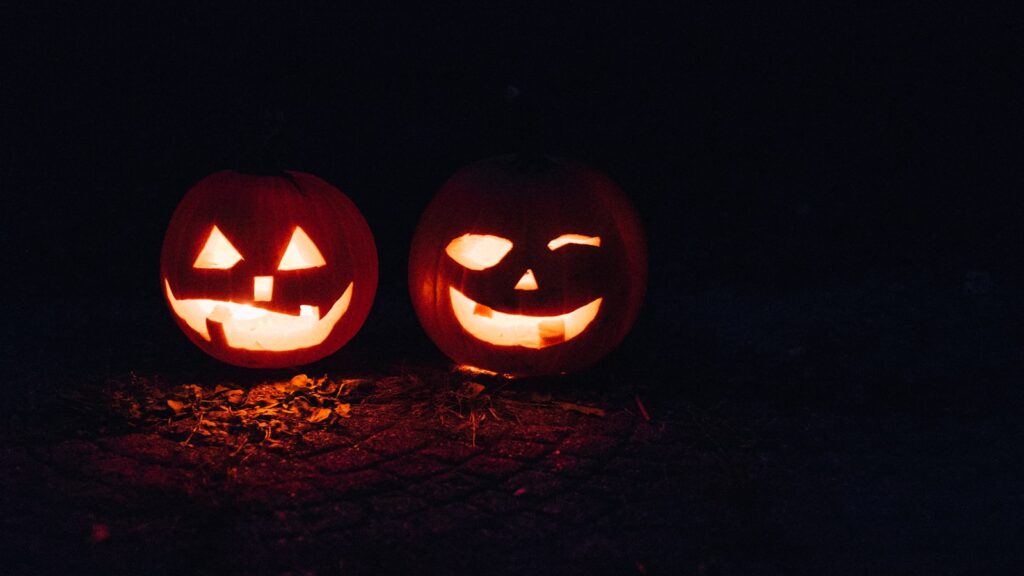
Over 2,000 years ago, the Celts celebrated Samhain, a festival marking the end of harvest and the start of winter. They believed this time blurred the line between the living and the dead, allowing spirits to cross into the mortal world. People built bonfires to honor deities, offer sacrifices, and light their way through the darkening months. Samhain wasn’t about fear but respect, acknowledging life’s cycles of birth and death. These ancient rituals laid the groundwork for Halloween’s mystical atmosphere and its continued association with spirits, transformation, and the changing seasons.
2. The Day Once Marked the Celtic New Year
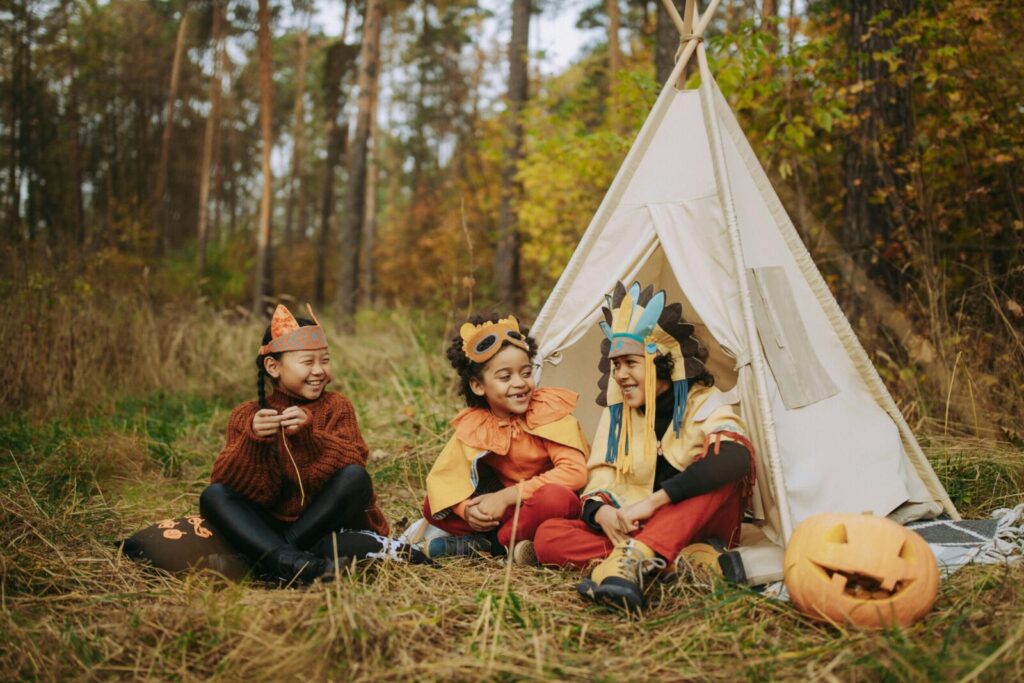
For the Celts, Samhain represented not only the end of harvest but the beginning of a new year. The shift from fall to winter symbolized renewal, a time when life paused, and the spiritual world came closer. People used this transition to reflect on the past and prepare for the uncertain months ahead. Fires and feasts were held to honor ancestors and seek protection from malevolent forces. This deep connection between endings and beginnings shaped Halloween’s enduring theme of transformation and renewal that continues to this day.
3. People Wore Costumes to Ward Off Spirits
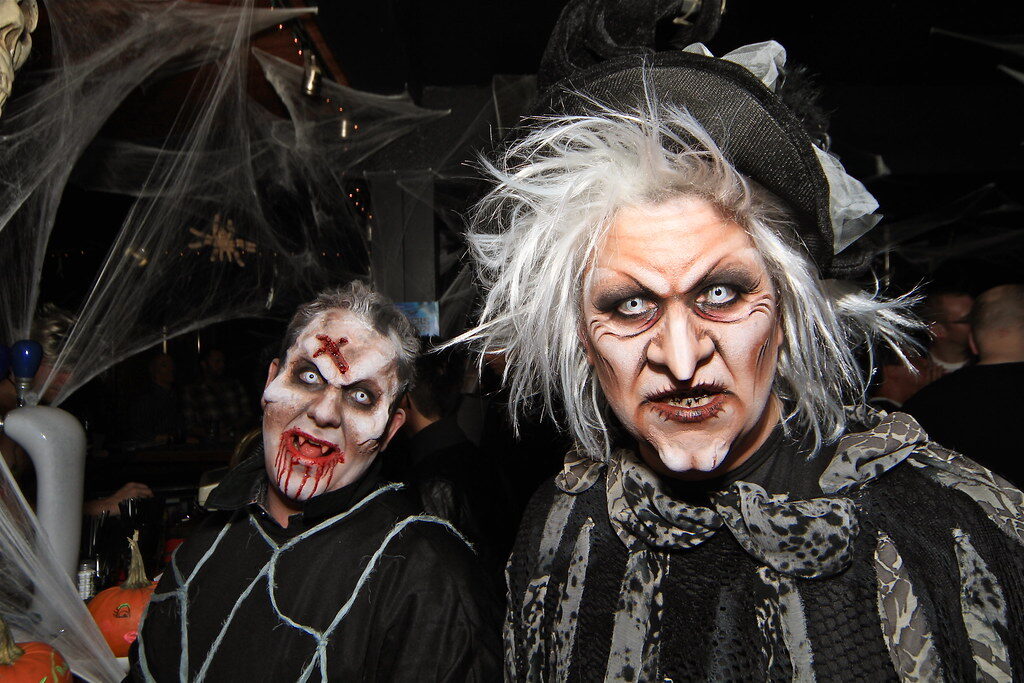
The tradition of wearing costumes began as a protective ritual. During Samhain, people believed that ghosts roamed freely. To avoid being recognized by mischievous spirits, villagers disguised themselves with animal skins, soot, or masks. This practice symbolized blending in with the supernatural and staying safe from harm. Over time, what began as a serious act of self-protection evolved into a playful and creative custom. The concept of dressing up remains one of Halloween’s most popular and enduring traditions, connecting modern fun to ancient superstition.
4. Bonfires Were Central to the Celebration
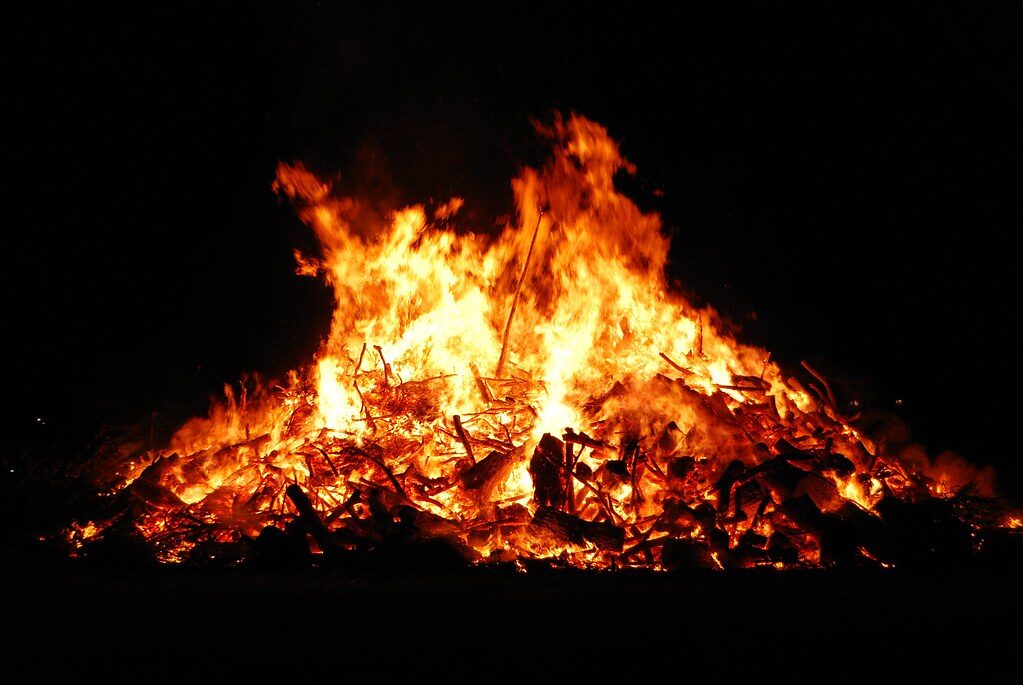
Bonfires were at the heart of Samhain festivities. Communities gathered to light enormous fires that symbolized protection and purification. These flames were believed to help guide lost souls, keep evil spirits at bay, and ensure good fortune for the coming winter. People would extinguish their home fires and relight them from the communal bonfire to bring blessings into their households. Today’s Halloween bonfires and candles continue this tradition in symbolic ways, representing warmth, remembrance, and the enduring light that guards against darkness.
5. The Church Helped Shape Halloween’s Modern Form
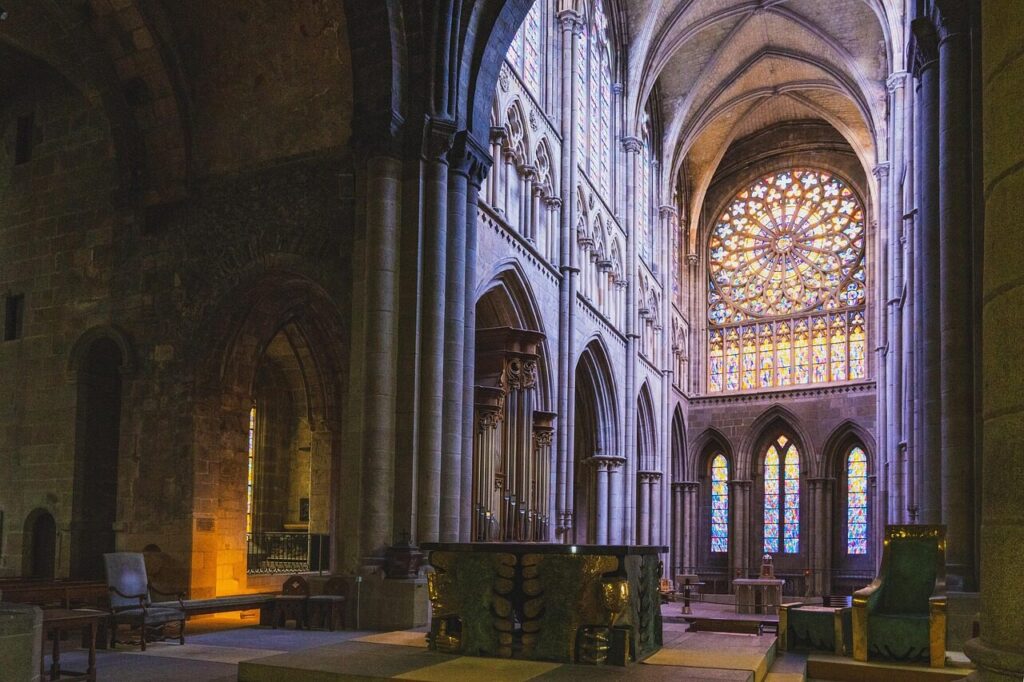
In the 8th century, Pope Gregory III designated November 1 as All Saints’ Day, a time to honor holy figures. The evening before became known as All Hallows’ Eve, which eventually shortened to Halloween. This Christian adaptation merged with existing Celtic traditions, blending spiritual beliefs and harvest celebrations. Over the centuries, these customs evolved across Europe, mixing pagan rituals with religious observances. The fusion of sacred and seasonal traditions created the foundation for the Halloween we recognize today, an event balancing remembrance, superstition, and festivity.
6. Trick-or-Treating Has Medieval Roots
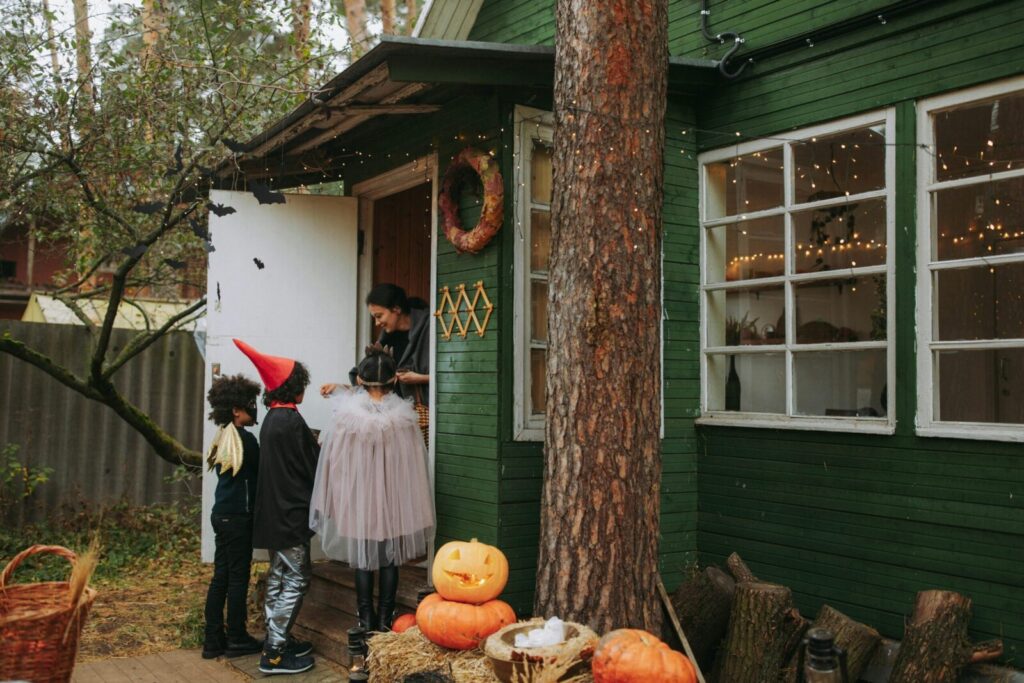
The practice of going door to door for treats can be traced back to medieval Europe’s “souling.” During All Souls’ Day, the poor would visit homes offering prayers for the dead in exchange for food known as “soul cakes.” Children later took up the practice, singing songs or saying rhymes in return for small gifts. This evolved into “guising,” where young people dressed in costumes and performed tricks for rewards. By the 20th century, American communities transformed these customs into the friendly “trick-or-treating” tradition we enjoy today.
7. Jack-o’-Lanterns Were Originally Made From Turnips
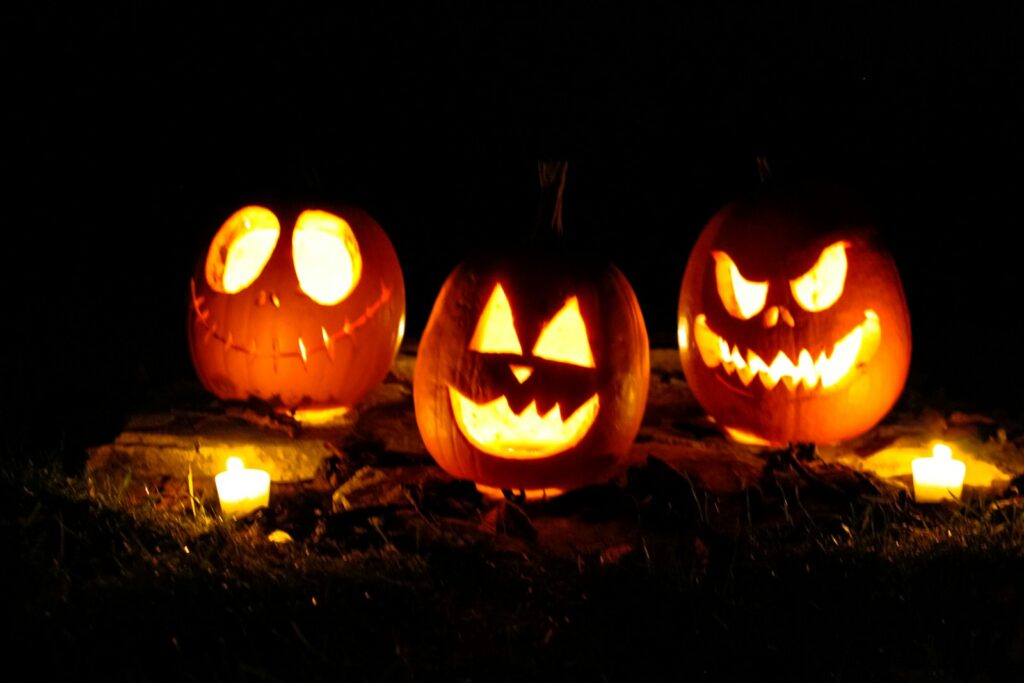
Before pumpkins became the star of Halloween, people in Ireland and Scotland carved lanterns from turnips, beets, or potatoes. These were inspired by the legend of “Stingy Jack,” a man who tricked the Devil and was doomed to wander the earth with only a hollowed turnip lit by an ember. Immigrants brought this tale to America, where pumpkins larger and easier to carve became the perfect substitute. The glowing jack-o’-lantern has since become one of Halloween’s most recognizable and cherished symbols, representing creativity and protection from evil spirits.
8. Irish and Scottish Immigrants Brought Halloween to America
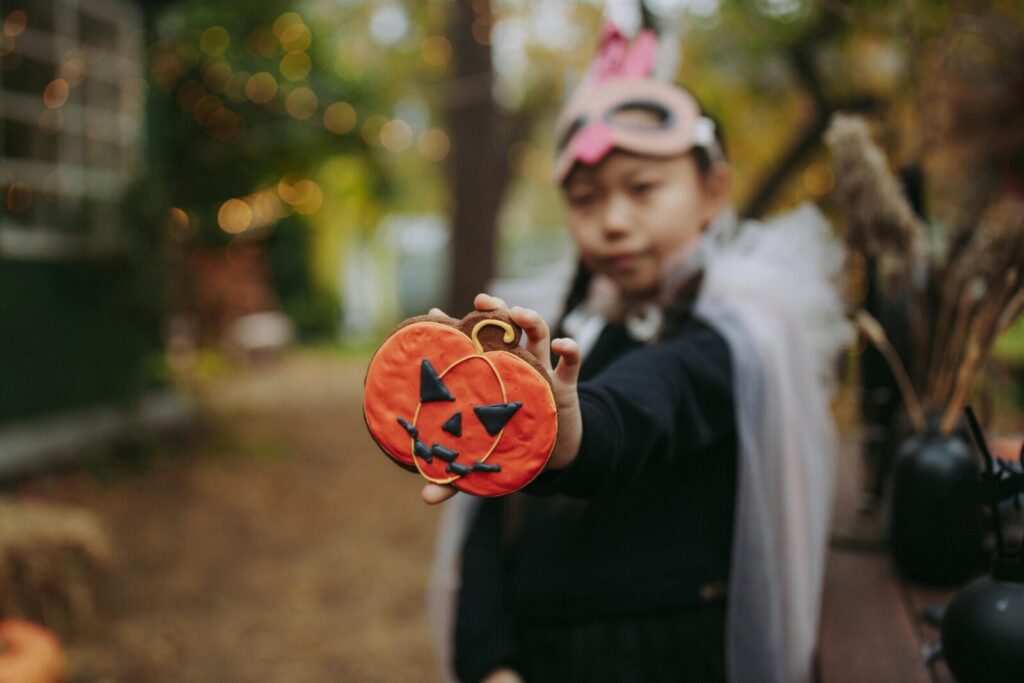
Halloween’s arrival in the United States is largely thanks to 19th-century Irish and Scottish immigrants. They carried their customs of bonfires, storytelling, and disguises across the Atlantic. These traditions gradually blended with American culture, especially after the Irish Potato Famine increased immigration. Communities began hosting public celebrations, shifting Halloween from a spiritual observance to a community event. By the early 1900s, the holiday had become a nationwide celebration focused on fun, creativity, and togetherness, an evolution that helped shape Halloween’s modern character.
9. Pumpkins Became the Icon of Halloween
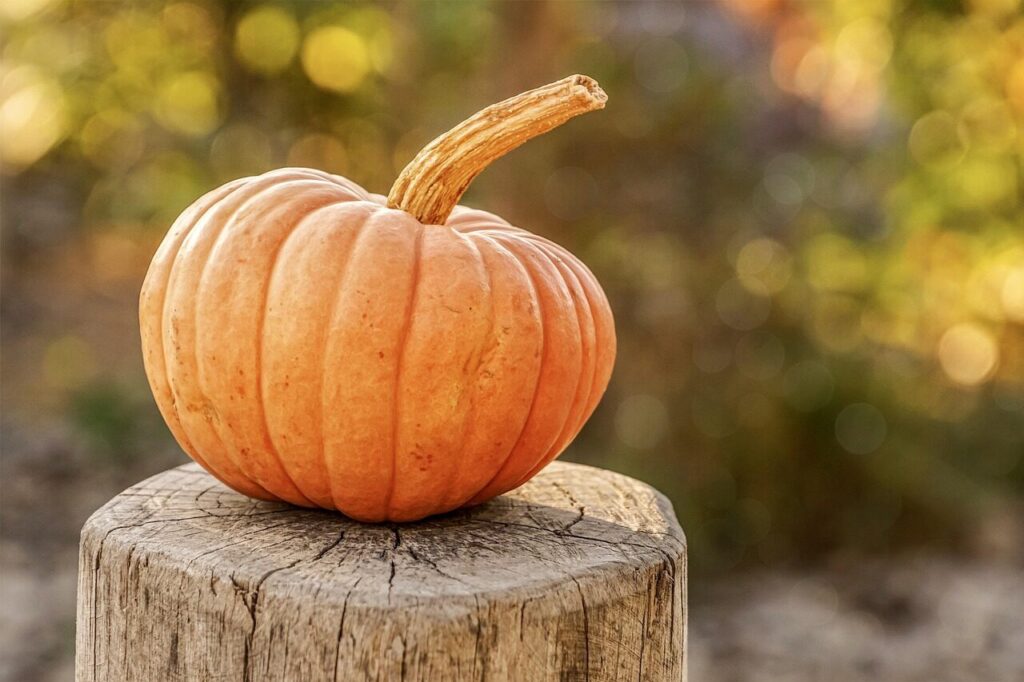
Pumpkins, native to North America, replaced turnips as the preferred lantern material because they were abundant and easy to carve. Their bright orange color captured the essence of fall and the harvest season. The practice of carving faces into pumpkins quickly became a favorite Halloween pastime. Over time, pumpkin carving contests, decorations, and even flavored foods emerged as staples of the holiday. Today, pumpkins symbolize both creativity and community, transforming homes and neighborhoods into glowing, festive displays that celebrate Halloween’s joyful spirit.
10. Halloween Colors Have Deeper Meanings
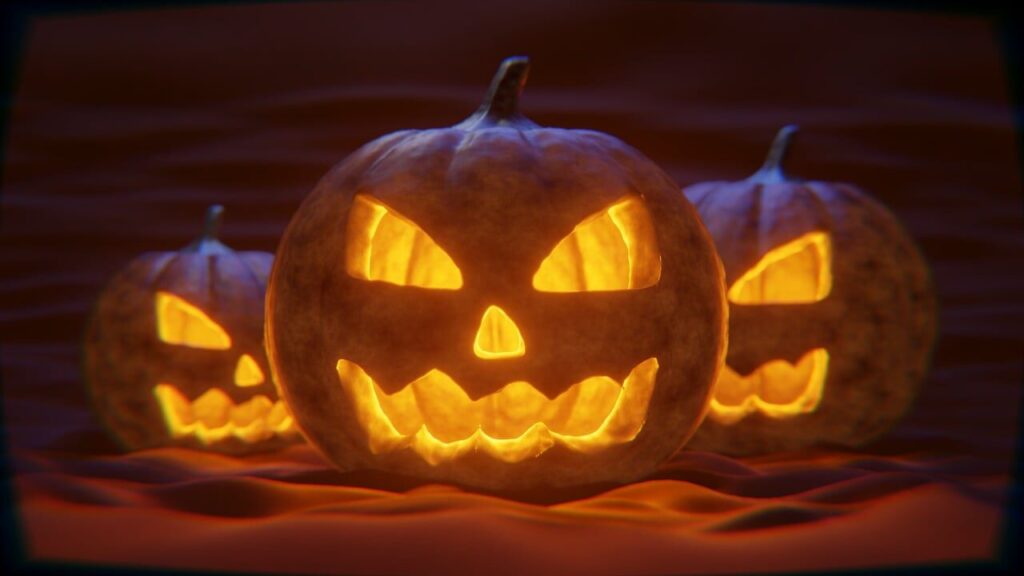
Orange and black are instantly recognizable as Halloween’s signature colors, and their symbolism runs deep. Orange represents harvest, warmth, and life, reflecting the season’s bounty. Black, on the other hand, symbolizes night, mystery, and the unknown, tying back to Halloween’s ancient connection with death and spirits. Together, they capture the essence of balance, life and death, light and darkness, celebration and reflection. These colors remind us that Halloween isn’t just about fright; it’s also about appreciating the natural cycles that shape human life and tradition.
11. Fortune-Telling Was Once a Halloween Tradition
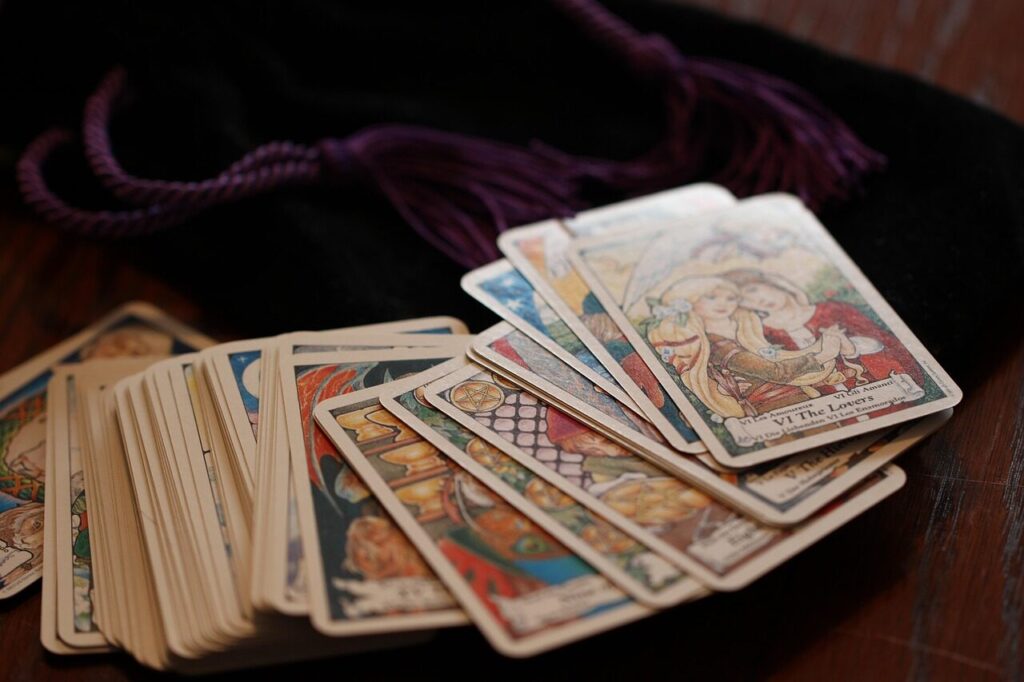
Long before haunted houses and candy hunts, Halloween was a night for divination and love predictions. In ancient and medieval times, people believed the spiritual energy of the evening could reveal their future. Young women would peel apples and toss the skin over their shoulders to see the initials of their future husbands. Others placed hazelnuts near a fire to test romantic faithfulness or looked into mirrors by candlelight, hoping to glimpse a lover’s face. These playful rituals gave Halloween a mystical charm, celebrating hope and curiosity as much as superstition.
12. Black Cats Became Symbols of Mystery and Magic
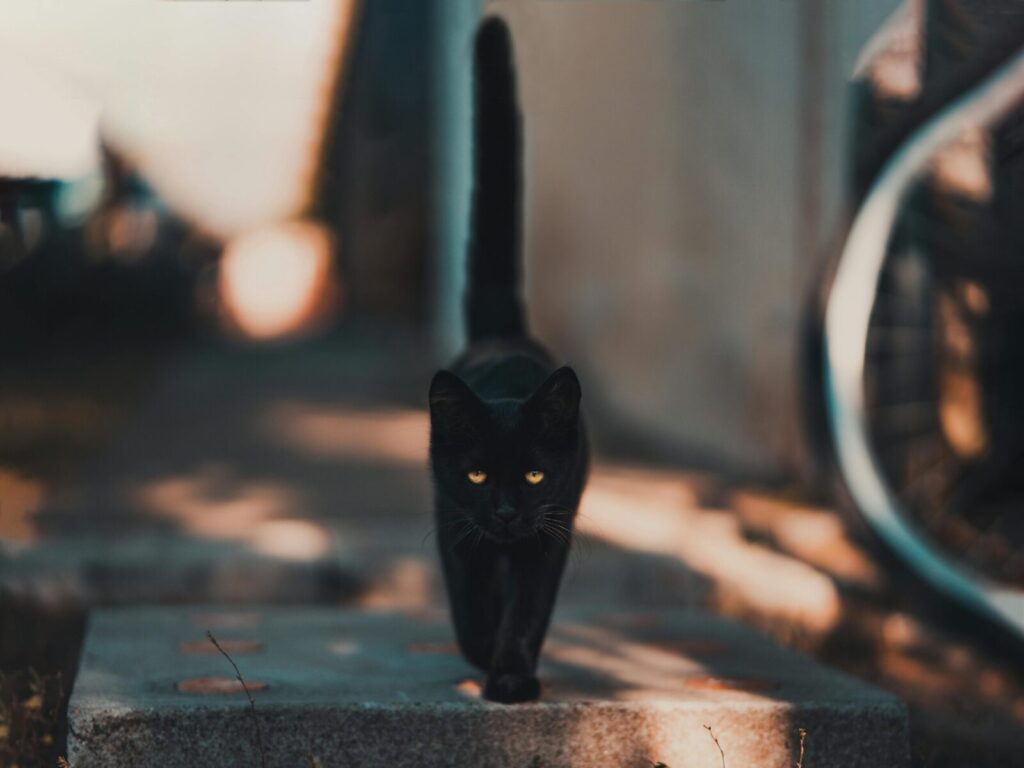
Black cats have long been tied to Halloween due to their association with witchcraft and folklore. In medieval Europe, they were believed to be witches’ familiars or even witches in disguise. Over time, these superstitions transformed black cats into symbols of mystery, luck, and the supernatural. In modern times, they’re more often celebrated than feared, representing independence and magic. While some cultures once avoided them, many now see black cats as protectors or bringers of good fortune, especially during Halloween, when their sleek appearance perfectly matches the season’s air of enchantment.
13. The Fear of Halloween Has Its Own Name
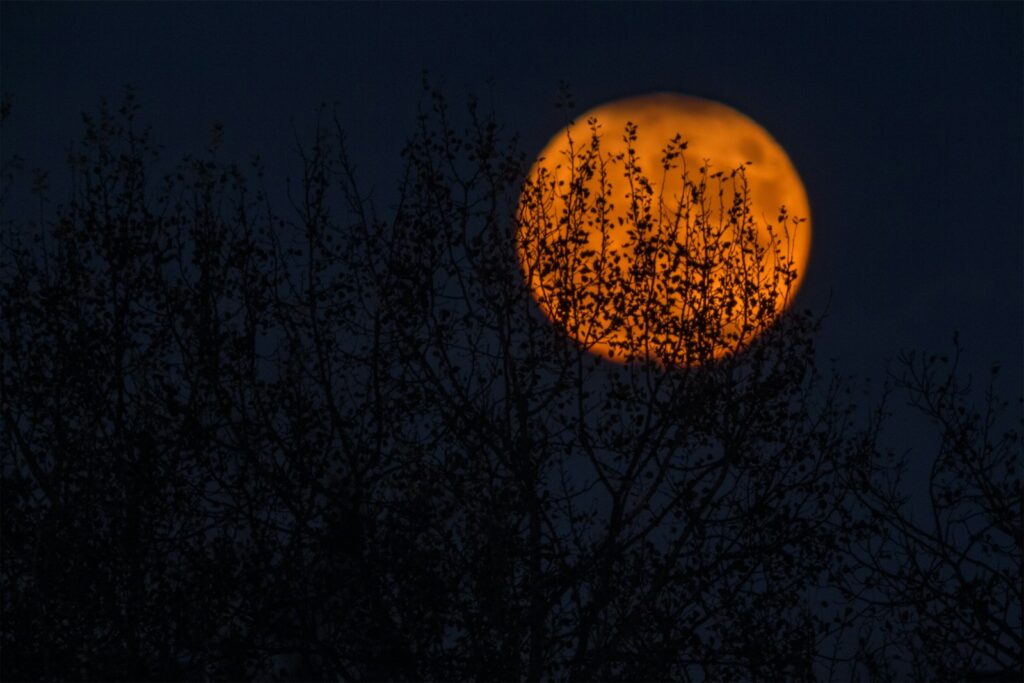
While most people eagerly anticipate Halloween’s spooky fun, some genuinely fear it. This condition is known as Samhainophobia, derived from the ancient festival Samhain. Those who experience it may feel anxious about costumes, darkness, or ghostly imagery. Historically, fear of the unknown has always been part of the holiday’s character, but for some, the eerie atmosphere can be overwhelming. Despite its frightful theme, Halloween is meant to embrace imagination and fun, not real terror. Understanding the origins of such fears shows how deeply Halloween connects to humanity’s fascination with the supernatural.
14. Halloween Once Focused on Mischief and Pranks
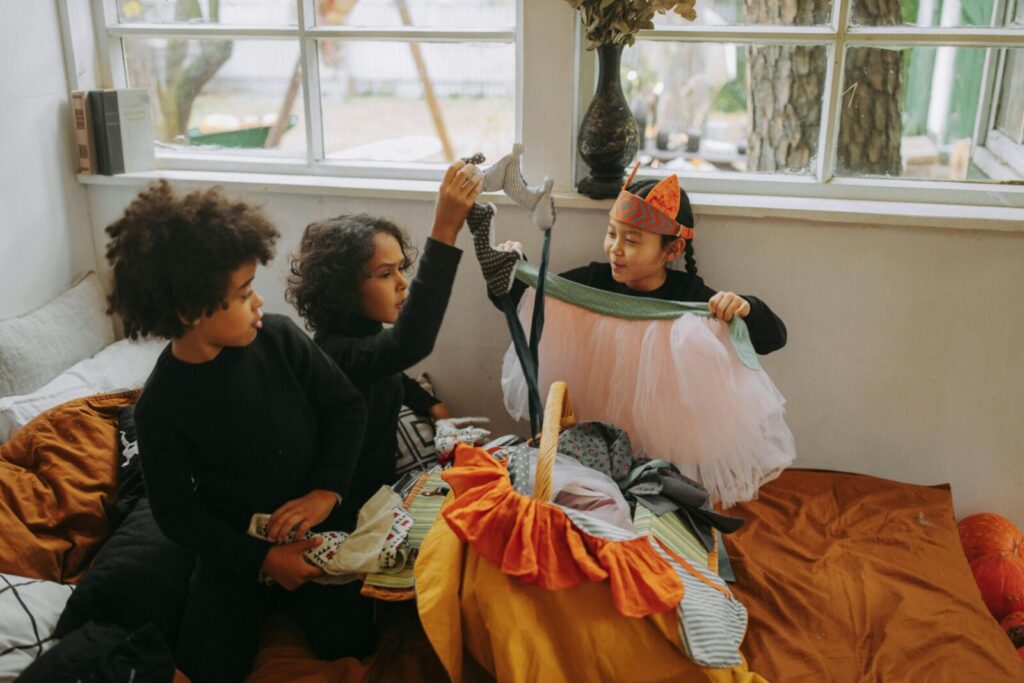
Before becoming a family-friendly event, Halloween had a mischievous side. In the 19th and early 20th centuries, young people played pranks such as tipping over outhouses, hiding gates, or ringing doorbells and running away. These playful antics were seen as harmless fun, though they sometimes caused real trouble. Communities eventually encouraged organized parties and parades to reduce mischief and promote safer fun. This shift helped transform Halloween from a night of tricks into a night of treats, emphasizing creativity, community spirit, and joy instead of chaos and pranks.
15. Candy Corn Was Once Called “Chicken Feed”
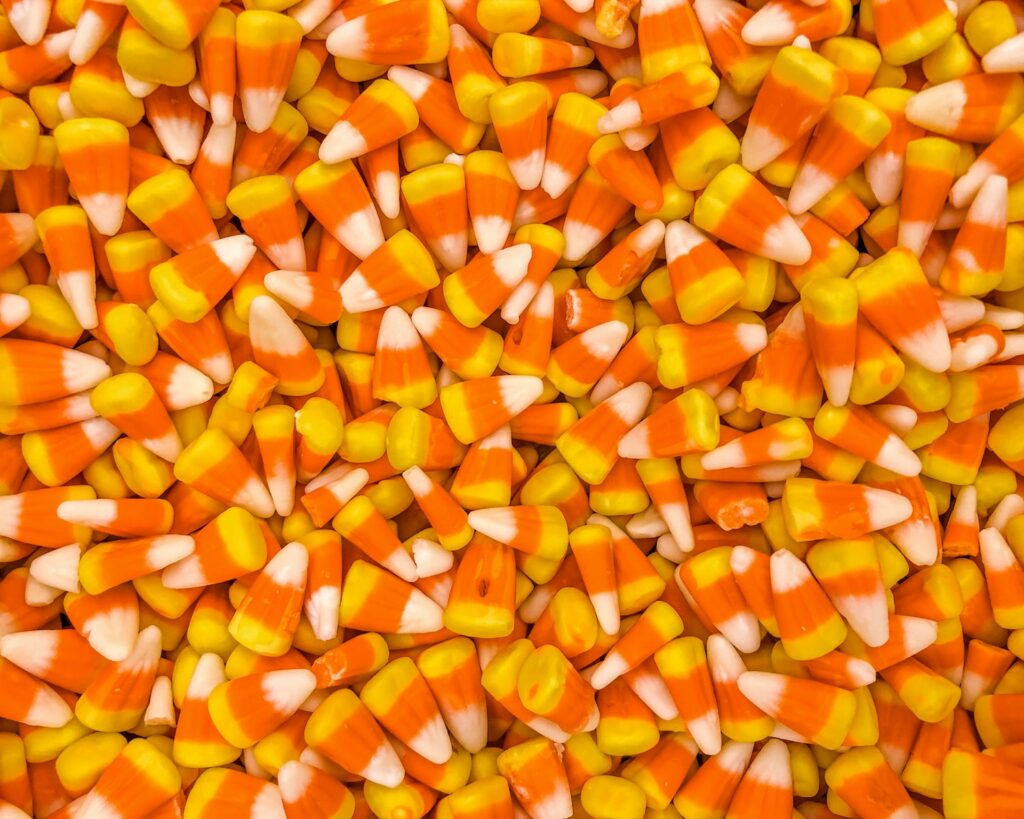
Candy corn, one of Halloween’s most recognizable sweets, was invented in the 1880s by George Renninger. Originally marketed as “chicken feed,” the tri-colored candy reflected the agricultural heritage of the time. It was designed to resemble corn kernels and was especially popular among farmers and their families. Over the years, its connection to harvest and fall festivals made it a staple Halloween treat. Though opinions on its taste vary widely, candy corn remains a nostalgic symbol of the season, colorful, enduring, and rooted in the spirit of American tradition.
16. Pumpkins Inspired World Records and Festivals
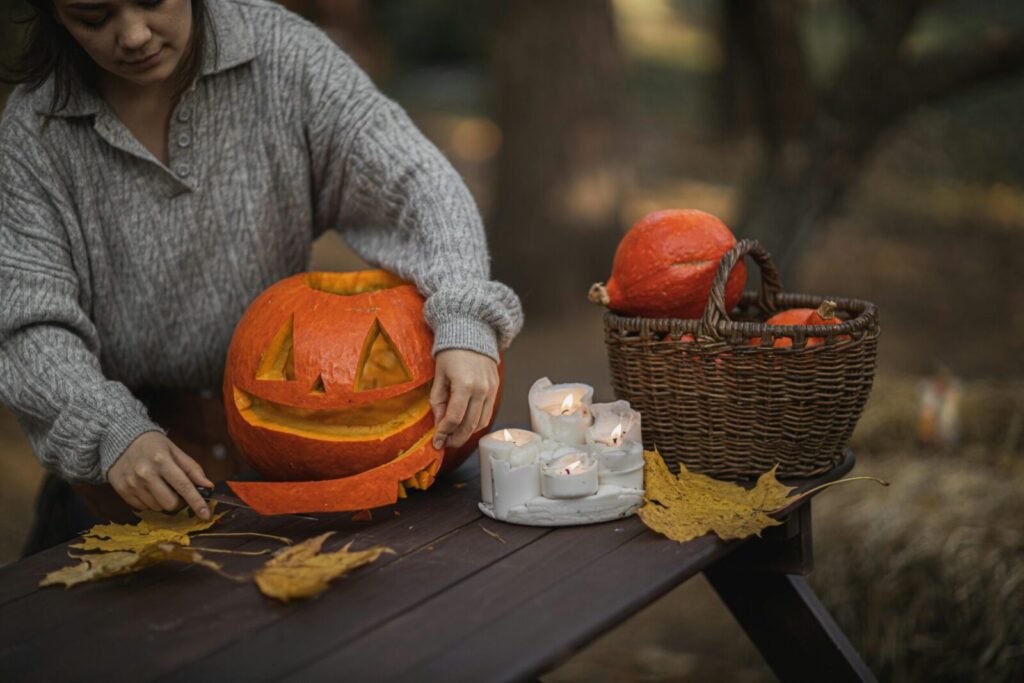
The popularity of pumpkins during Halloween has led to incredible feats and celebrations. The largest pumpkin ever recorded weighed over 2,600 pounds, inspiring growers worldwide to compete for new records. Pumpkin festivals and carving contests have become major seasonal events, drawing crowds eager to admire massive gourds and creative designs. These gatherings highlight not only Halloween’s artistic side but also its sense of community and shared excitement. Whether it’s carving funny faces, building pumpkin boats, or baking pies, the pumpkin continues to symbolize abundance and festive imagination each October.
17. Haunted Houses Originated in the Early 20th Century
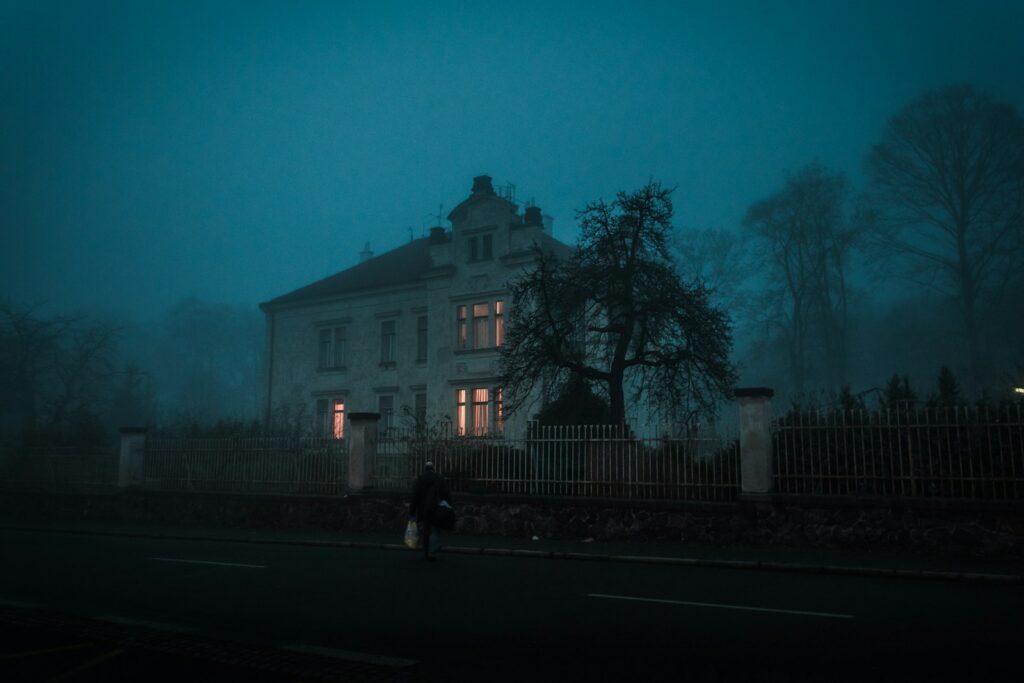
The concept of haunted houses began as a way to entertain and redirect Halloween mischief. In the 1930s, American communities started setting up spooky attractions to give thrill-seekers a safe, supervised scare. Over time, haunted houses evolved into elaborate productions featuring special effects, actors, and storytelling. Today, they are a multi-million-dollar industry and one of Halloween’s most thrilling traditions. Beyond the scares, haunted houses reflect people’s fascination with the unknown and their love of playful fear, proving that Halloween’s eerie side can be both creative and community-centered.
18. Halloween Is Celebrated Differently Around the World
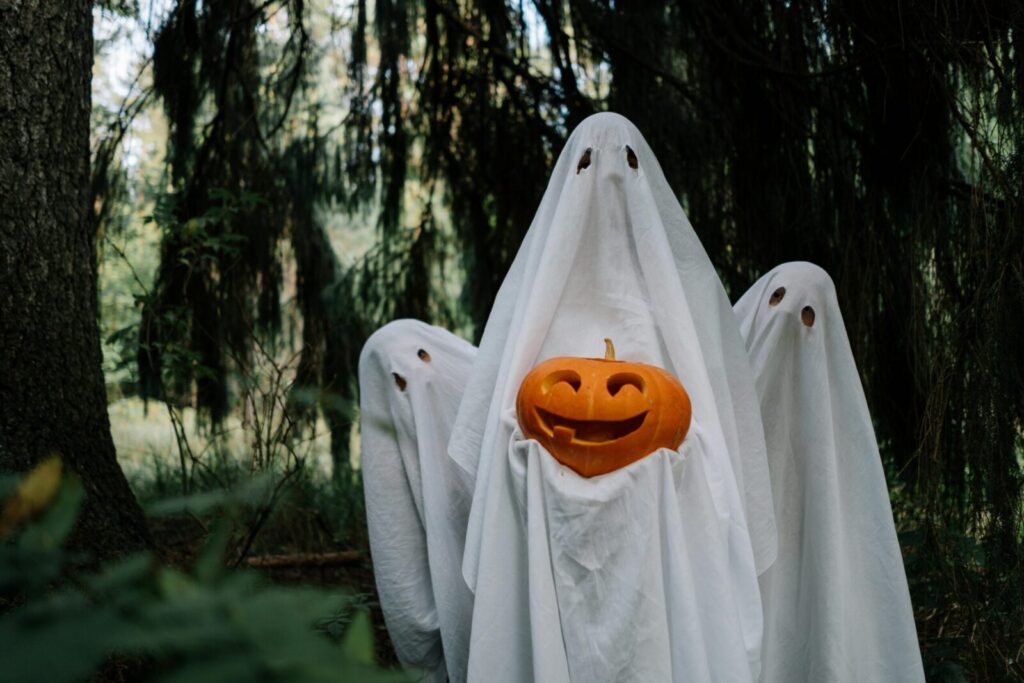
Though Halloween is most popular in Western countries, its themes of honoring the dead and celebrating change exist globally. In Mexico, Día de los Muertos focuses on remembrance through vibrant altars and family gatherings. In the Philippines, Undas combines prayer and reunions at cemeteries. Japan’s Kawasaki Halloween Parade emphasizes costumes and artistry, while parts of Europe still observe All Saints’ and All Souls’ Days. These variations show how Halloween’s core ideas, honor, memory, and joy transcend borders, connecting cultures through a shared respect for the past and appreciation for the cycles of life.
19. Halloween Grew Into a Massive Industry
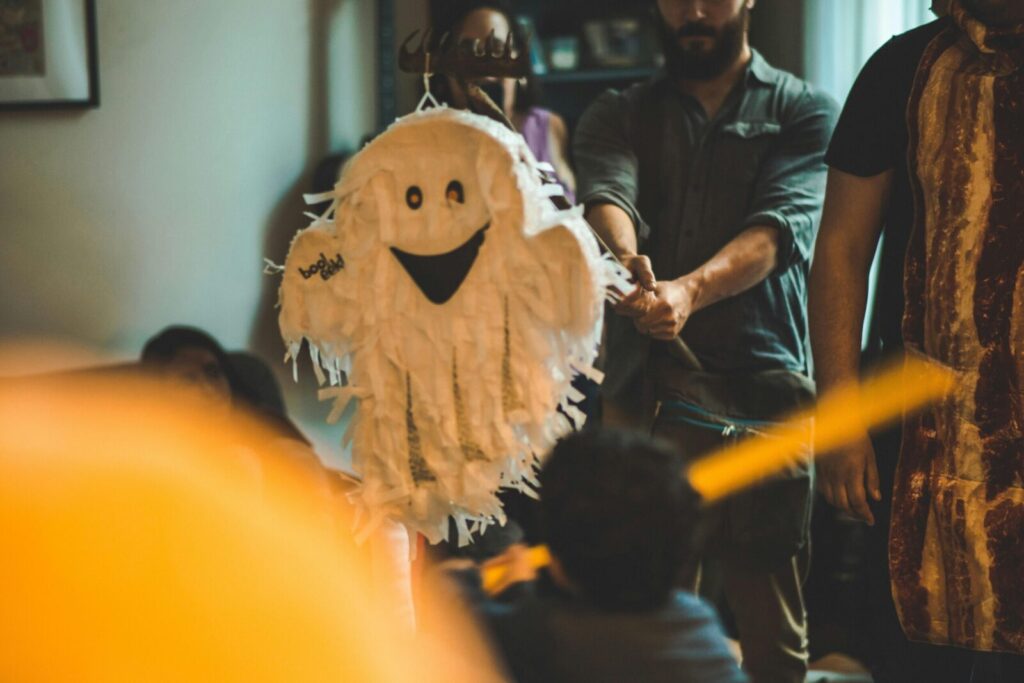
From small neighborhood gatherings, Halloween has grown into one of the largest commercial holidays in the world. In the United States alone, billions are spent annually on costumes, decorations, and candy. Retailers design entire collections months in advance, while movies and TV shows embrace the spooky season for themed releases. This commercial success hasn’t diluted the holiday’s magic; it has amplified it, turning Halloween into a creative celebration that blends nostalgia, artistry, and entrepreneurship. Its economic growth reflects how deeply people value shared experiences and festive expression.
20. Halloween Continues to Evolve With Each Generation
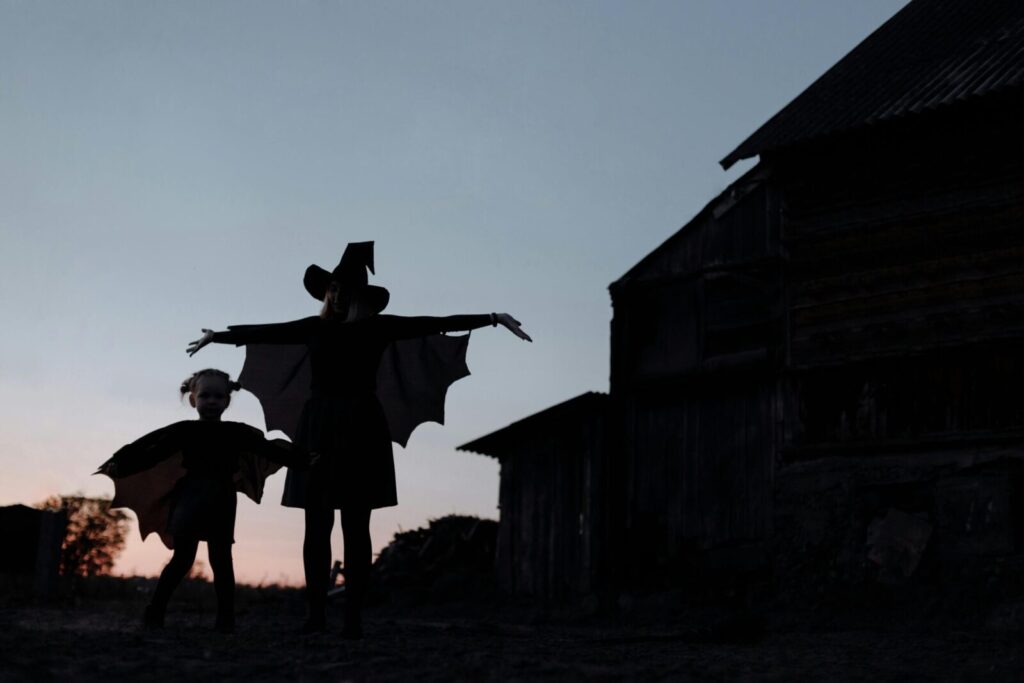
One of Halloween’s most remarkable qualities is its adaptability. What began as a sacred Celtic festival has transformed through centuries of cultural blending, becoming a night of imagination and community. Modern trends like eco-friendly costumes, themed parties, and digital decorations show how Halloween keeps evolving while preserving its roots in wonder and mystery. Every generation adds something new, from pumpkin spice traditions to pop culture-inspired outfits. Halloween’s ability to unite people through creativity, reflection, and fun ensures that its spirit will keep haunting happily for centuries to come.
Comments